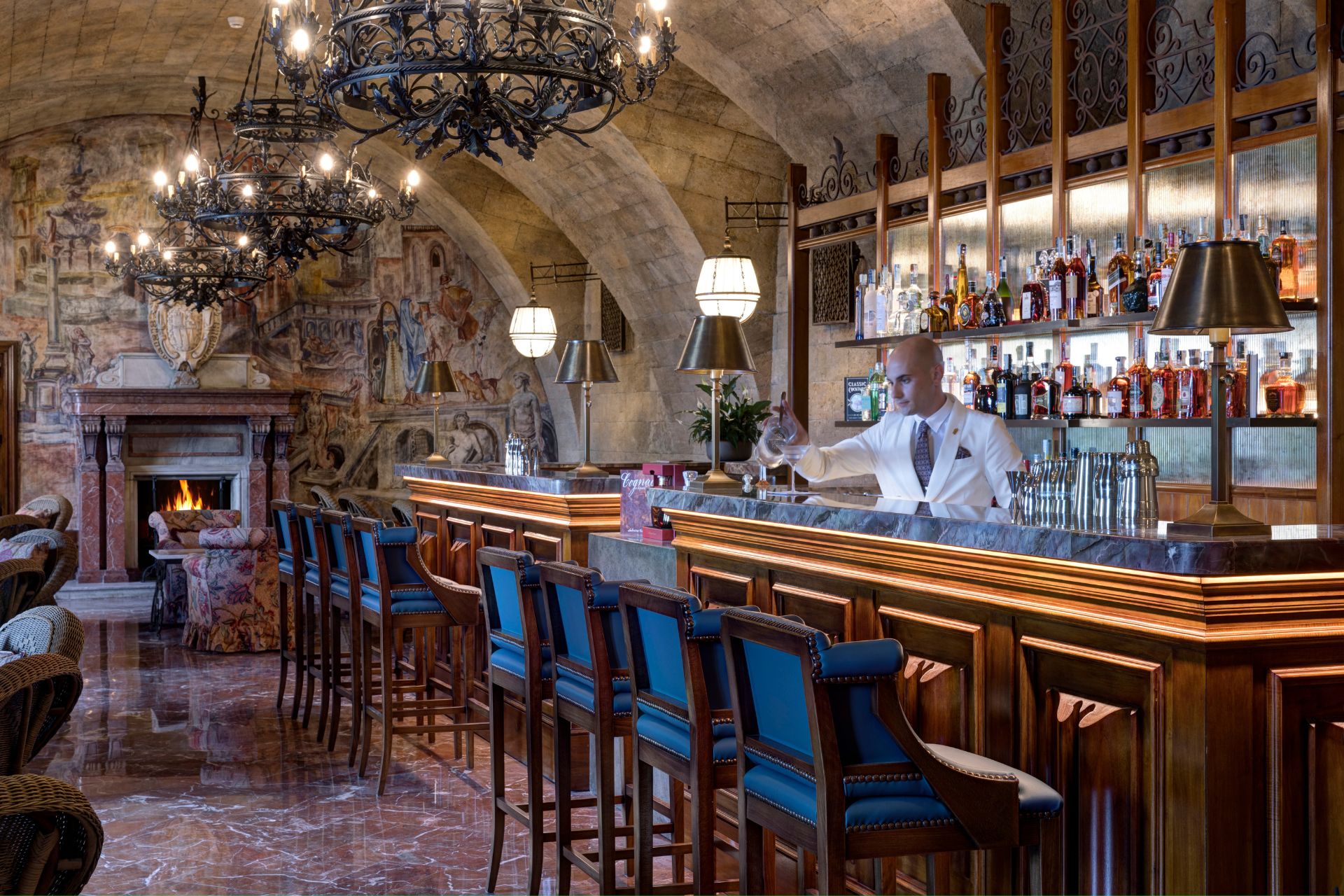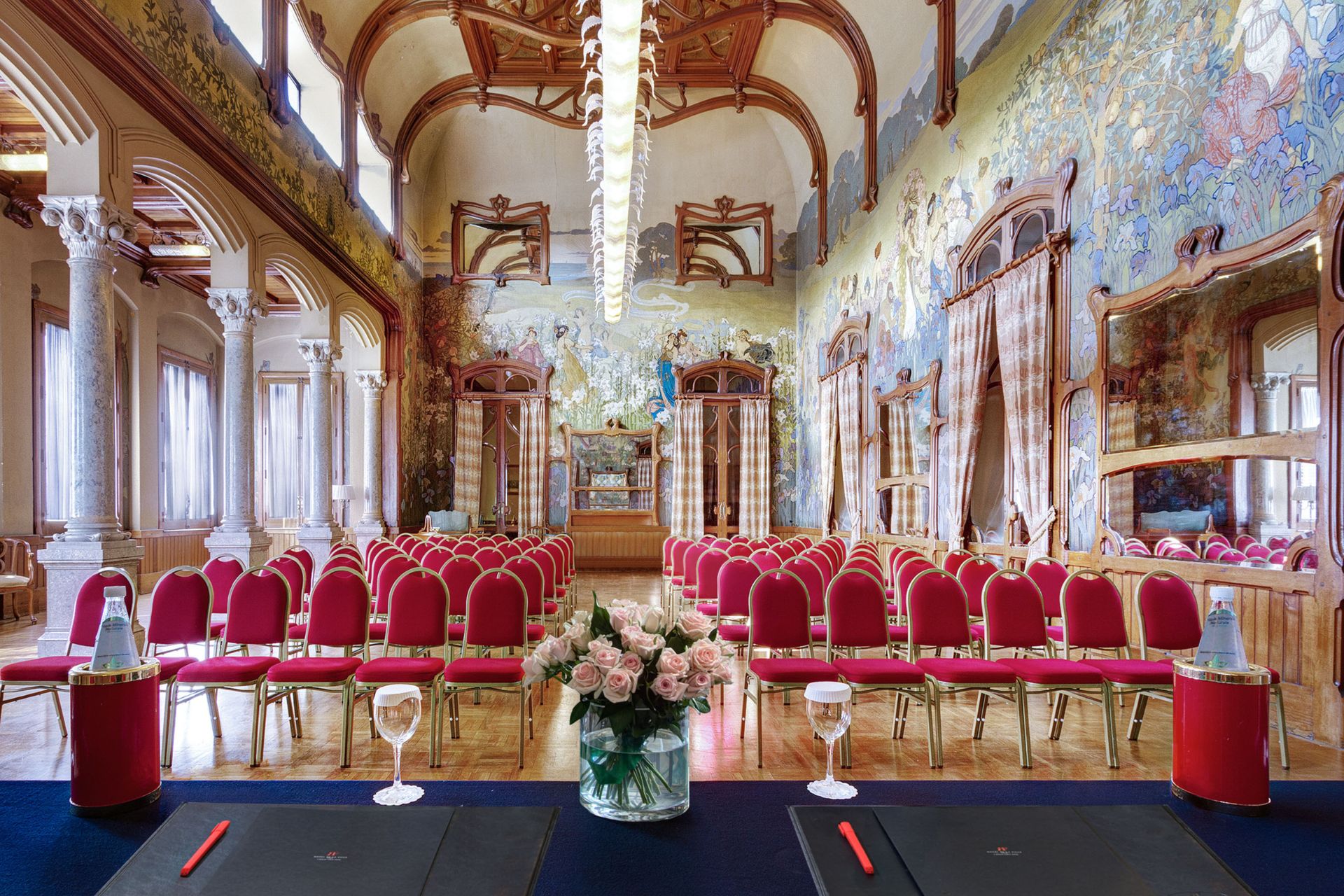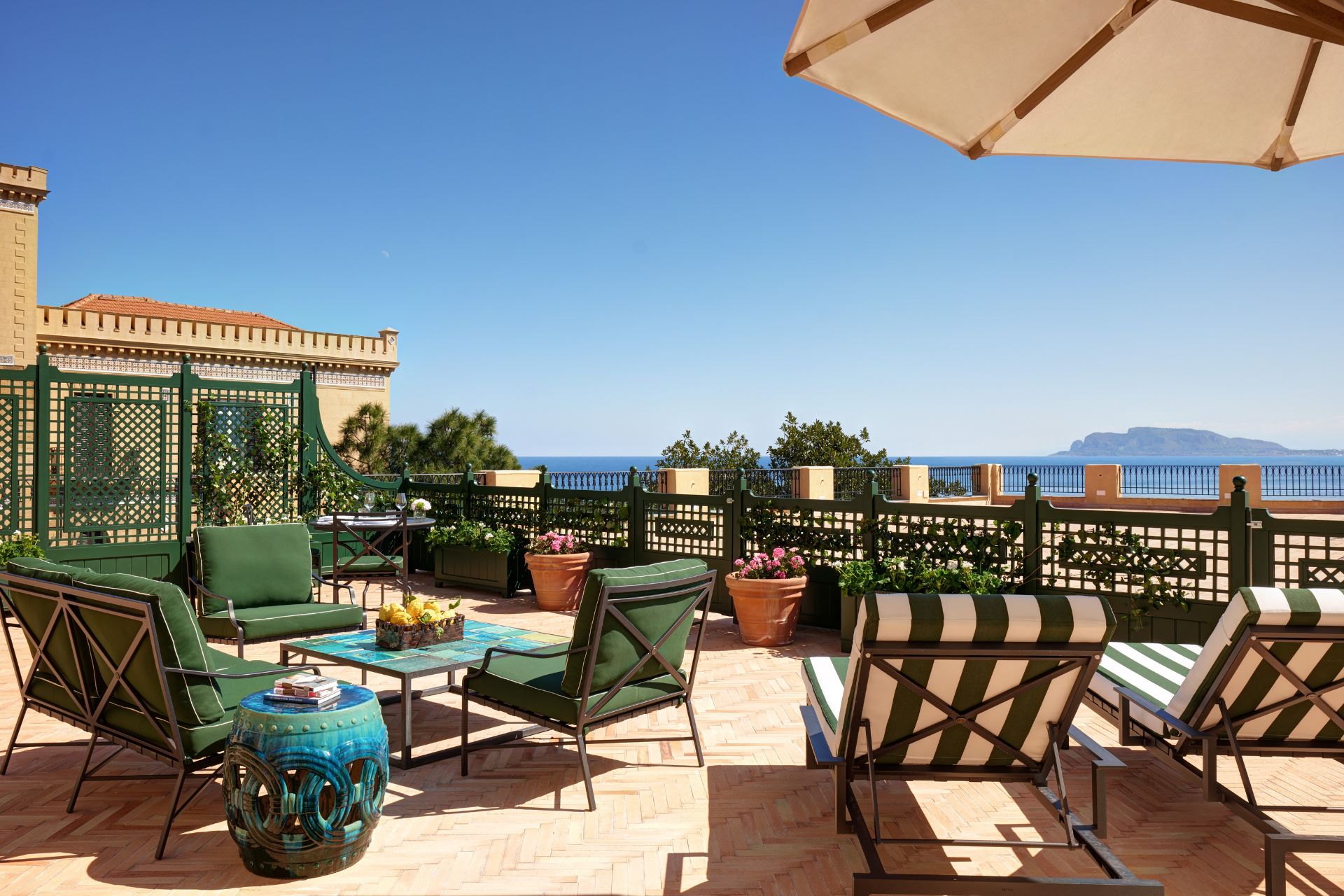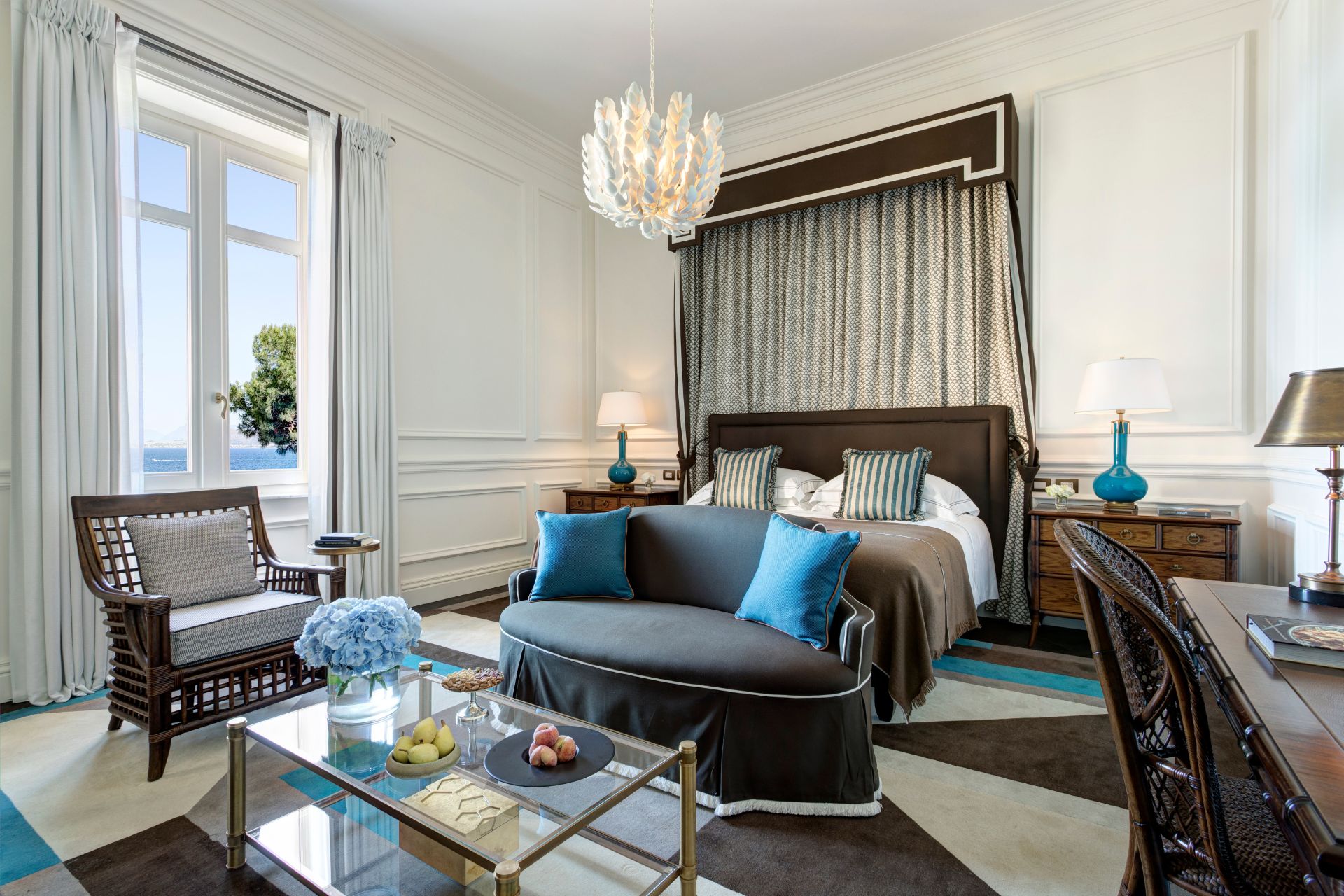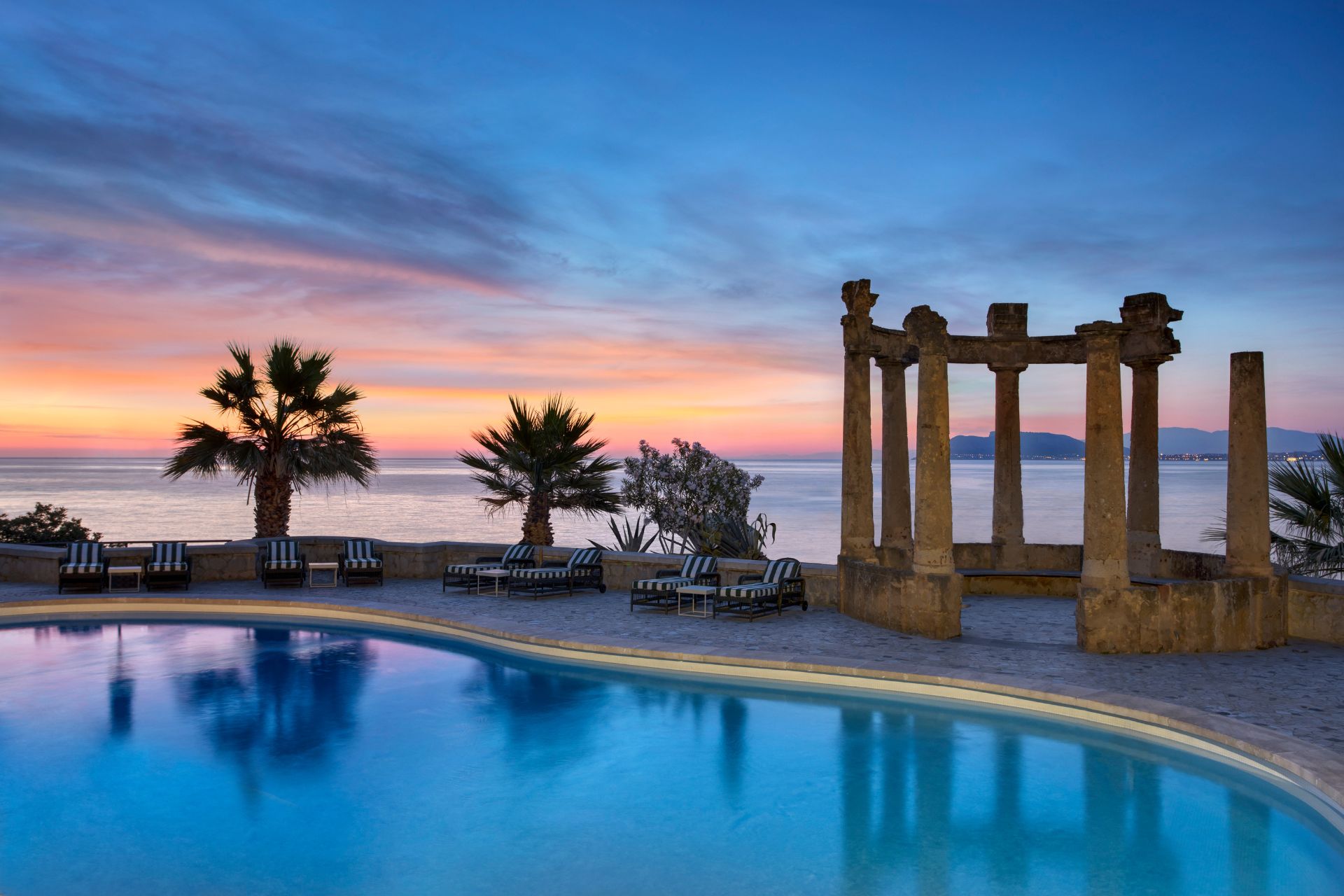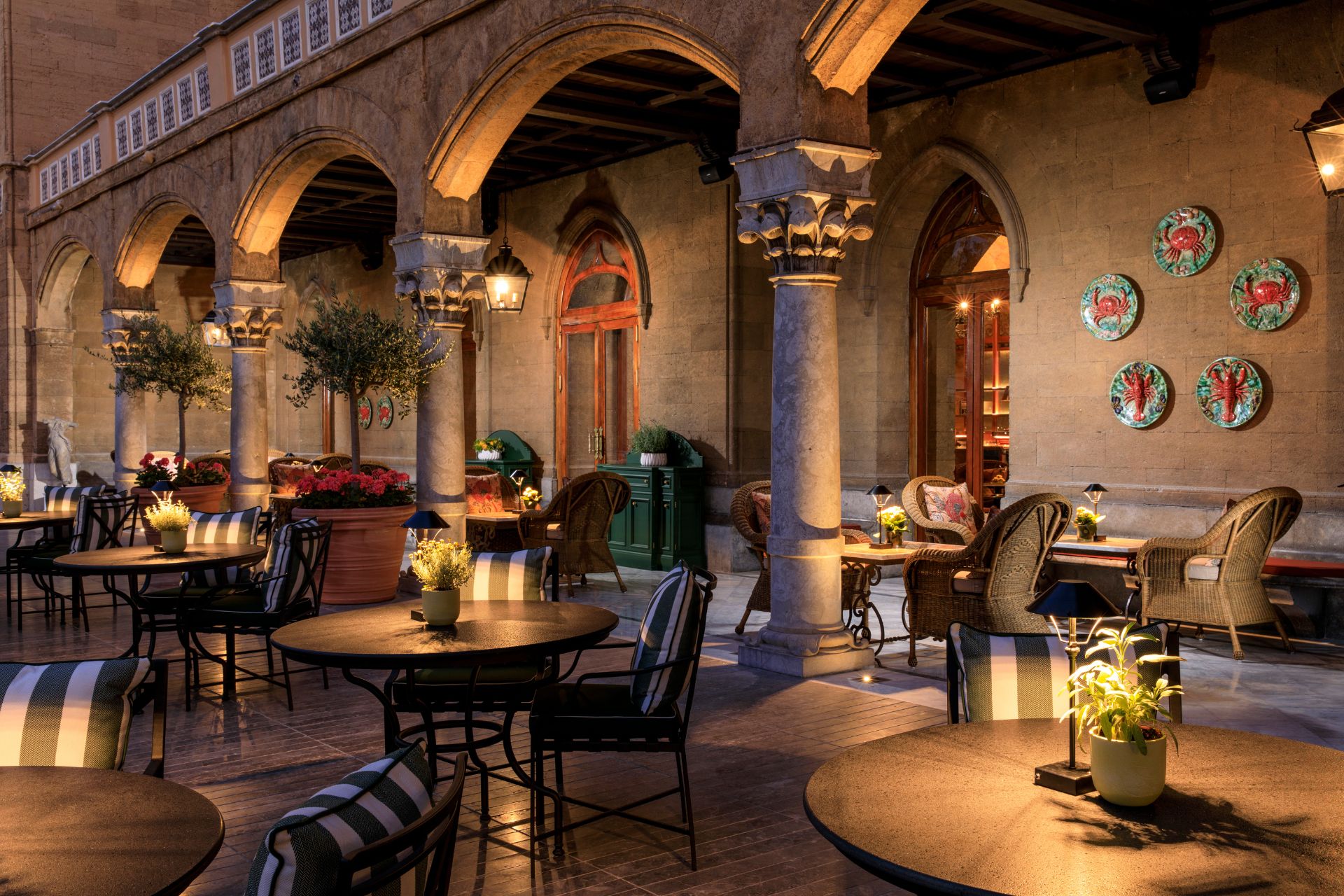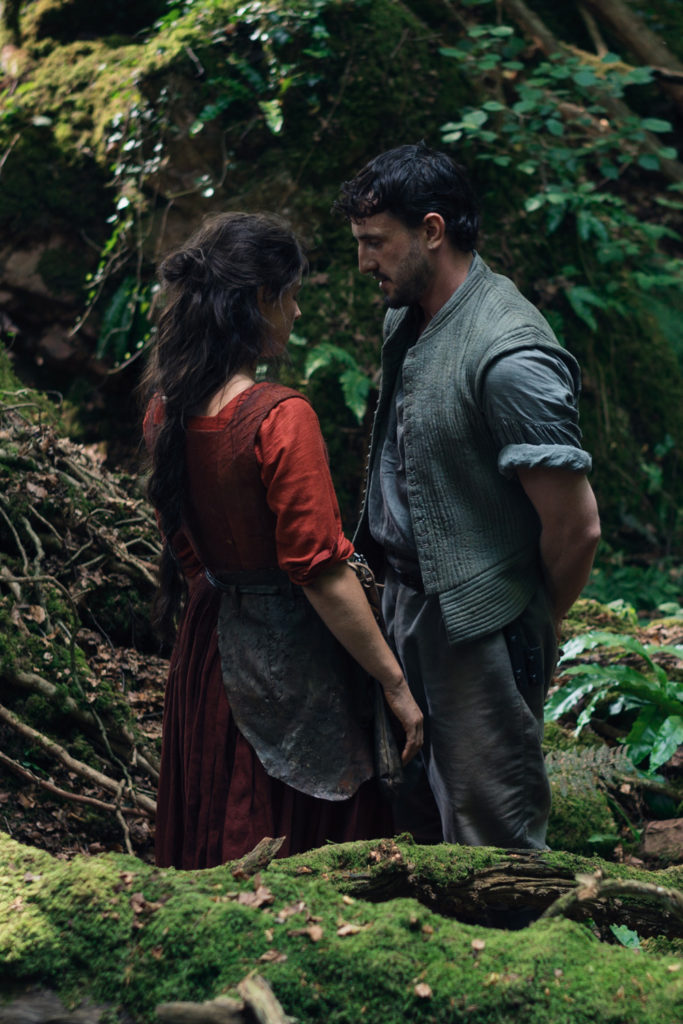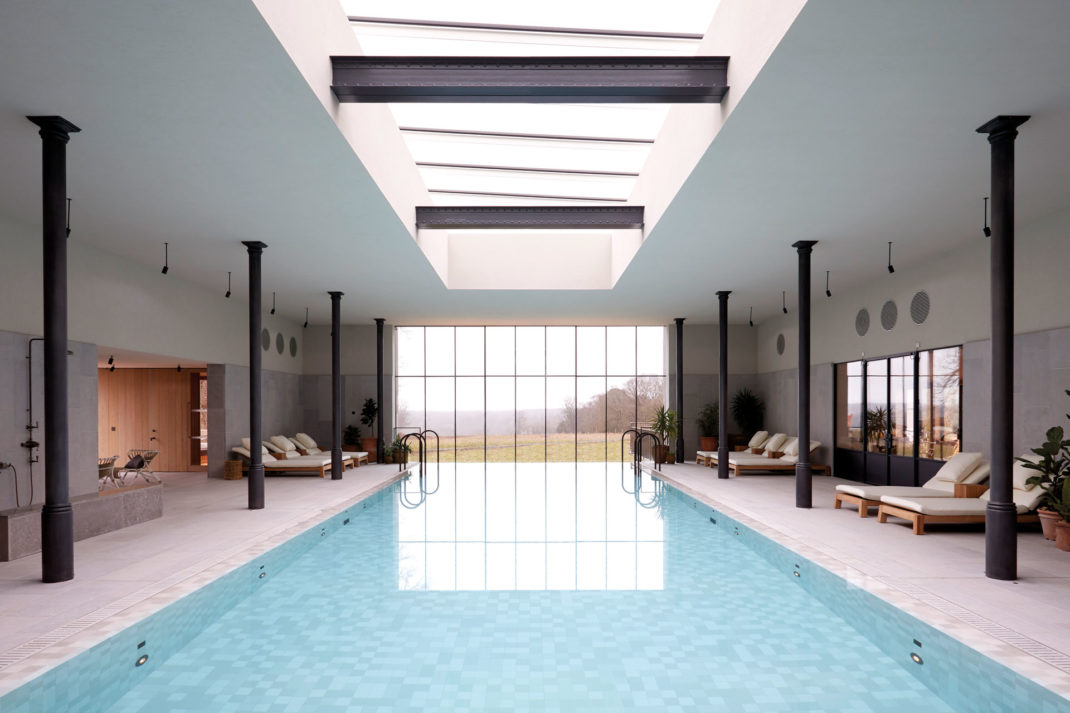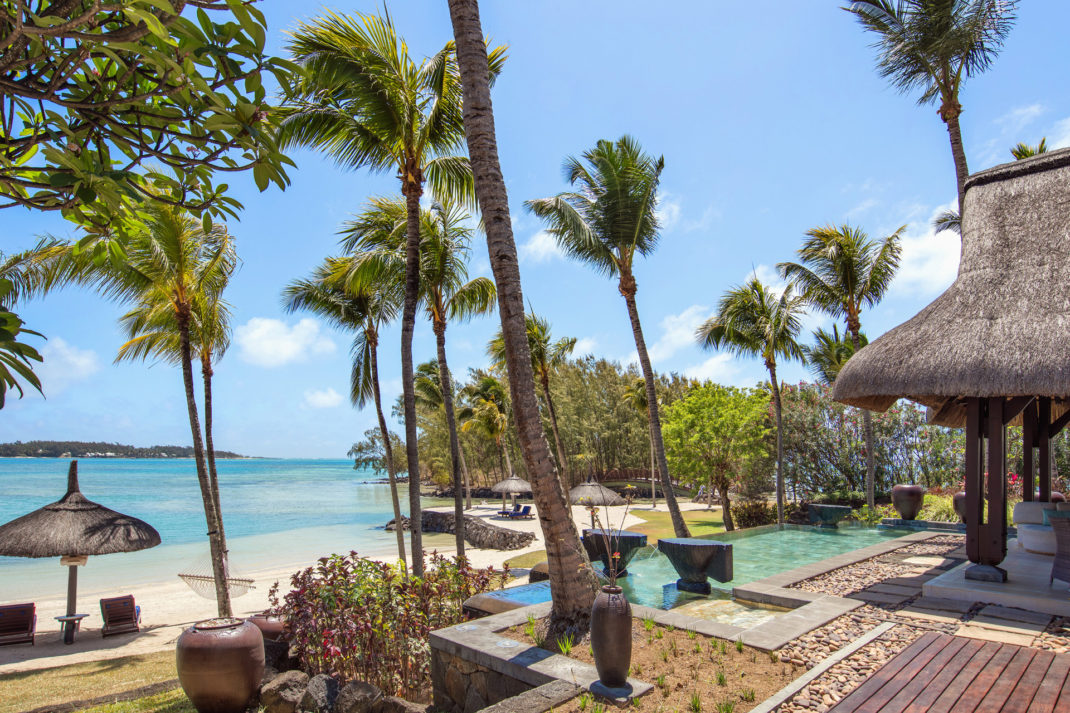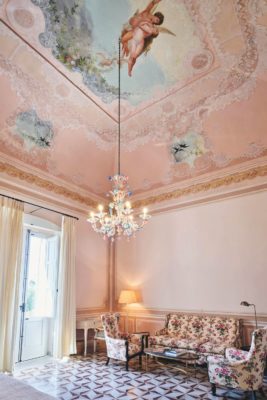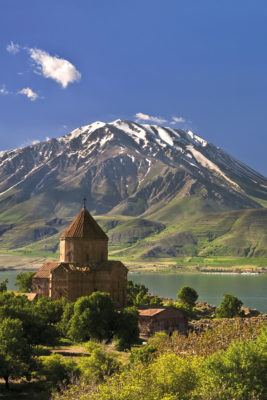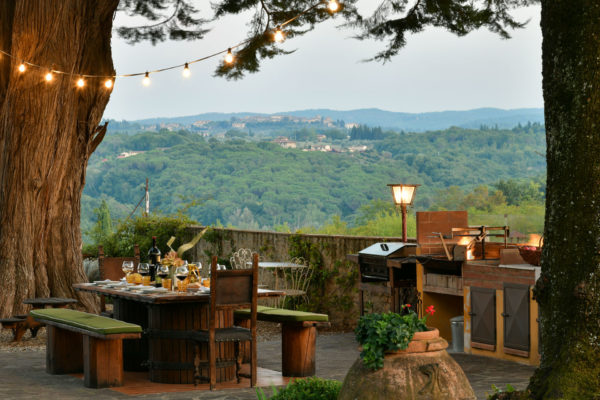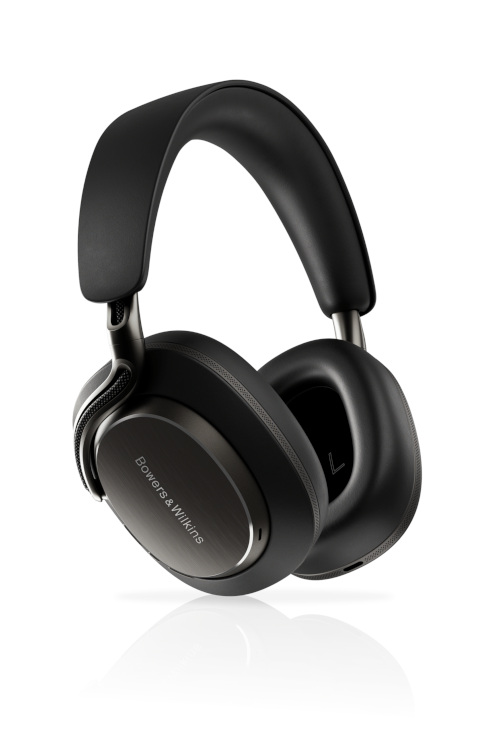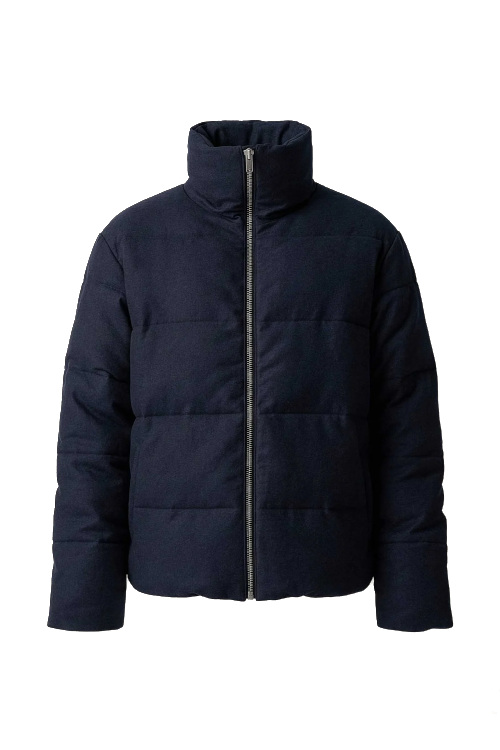A Slice Of Sicilian History: Villa Igiea, Palermo – Review
By
1 year ago
This gorgeous spot stuns all year round
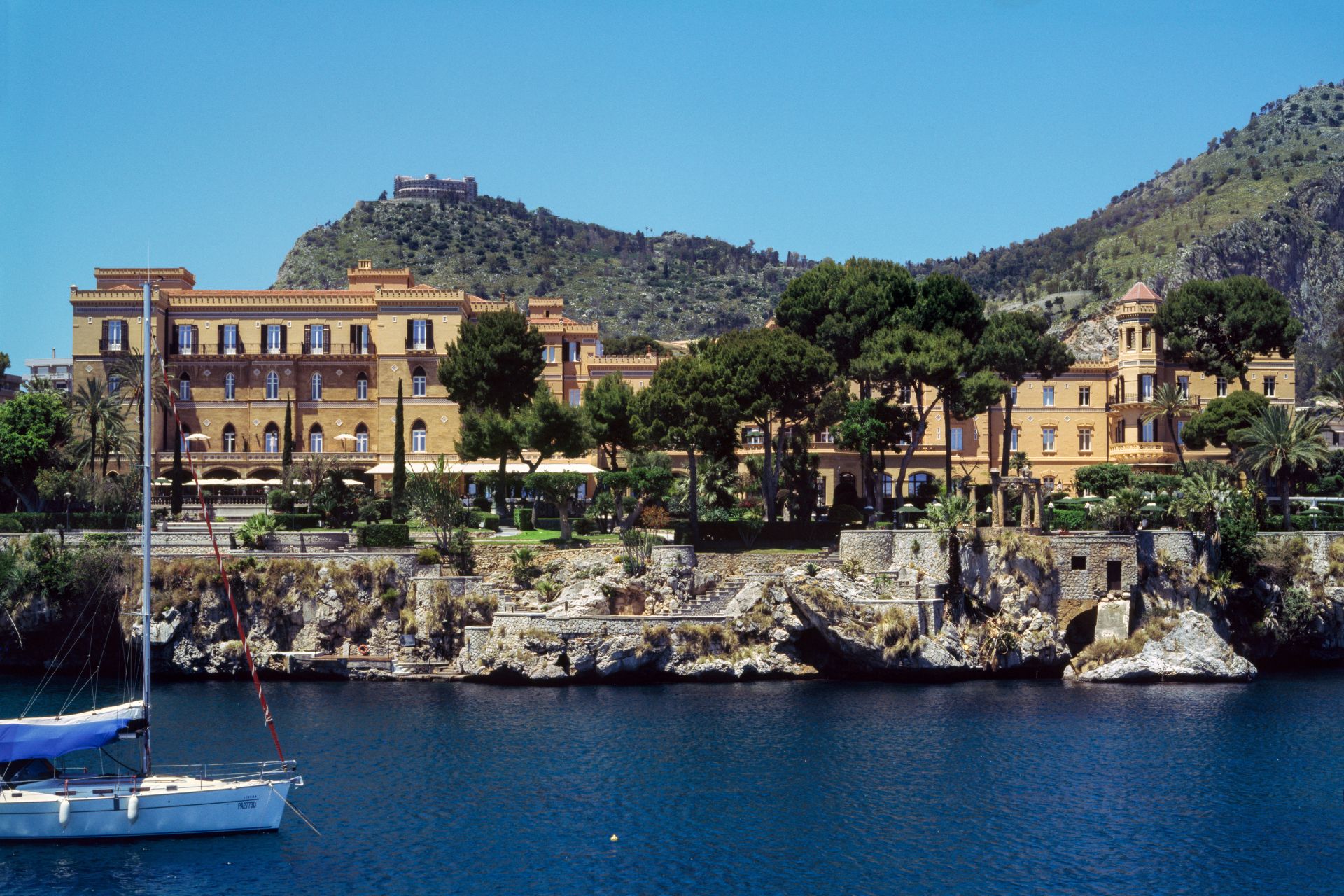
Fiona Duncan checks into Villa Igiea, a spectacular Rocco Forte hotel in Palermo, Italy.
Review: Villa Igiea, Palermo
Here are two questions. 1) Can a single hotel change travellers’ perception of a destination? And 2) would you consider Palermo as an ideal destination, both culturally rich and deeply relaxing, for a short break?
Let me answer my own questions. 1) rarely; 2) not until now, as long as I can stay at Villa Igiea – and not just in summer: we were there in late October under blue skies and perfect sunshine. It was bliss.
I believe the 72-bedroom, 28-suite Villa Igiea, opened by Rocco Forte in 2021 after a two-year refurbishment, is one of those rarities (the new Hôtel du Couvent in Nice is another). Designed by Sicilian architect Ernesto Basile, its highlight is the Sala Basile, whose sinuous woodwork and whimsical frescoed walls makes it a masterpiece of the Italian Liberty style.
Commissioned by the Florio family, the second wealthiest in Italy at the time, Villa Igiea was originally intended as a sanatorium but soon became a hotel, with European royalty amongst its guests. After World War II, it declined, but now, redesigned by Olga Polizzi working with Paolo Moschino design studio, it makes a truly wonderful place to stay – a romantic oasis of calm and sophistication in this lavish and crumbling, bounteous and boisterous city of contrasts.
Fool that I am, I used to fly into and out of Palermo, heading for other parts of Sicily: Taormina, Syracuse, Noto, Agrigento or Rocco Forte’s very different Sicilian hotel, Verdura Resort on the south coast. Now though, drawn to the new look Villa Igiea, I’m also drawn to Palermo. Why had I waited so long?
You don’t so much visit Palermo, in the earnest, structured way you do Florence or Paris. Instead, you fall headlong into the city’s embrace, meeting people and unearthing treasures as you stroll long, arrow-straight, grid-pattern main streets that have a view of the mountains at one end and the sea at the other. Threaded between them are time-worn side streets and piazzas, full of washing, sleeping cats and plant-filled balconies, and lush gardens such as the Orto Botanico and Giardino Garibaldi.
It is of course Sicily’s extraordinary history that defines its capital, the ultimate melting pot, ruled by many civilizations, including the Romans, the Normans, the Arabs, the French, the Spanish and the Bourbons, not to mention the Phoenicians, the Greeks, the Byzantines, the Vandals and Ostrogoths – oh, and Edmund Crouchback, son of Henry III of England who claimed the crown in 1254. In the 1980s and early ‘90s it was the Mafia that held sway, and though no one says they’ve gone away and everyone says that Palermo is safe, at least a Caravaggio masterpiece – ripped from its frame in the stucco marvel, the Oratorio of San Lorenzo – would be much safer today, and the tomb in the Cathedral of Giuseppe Puglisi, a priest assassinated in 1993, remains a poignant reminder of times past, not times present.
Villa Igiea stands in a suburban corner of Palermo, overlooking a marina and the sea. After breakfast on the lovely terrace, we found our bearings in the city (the hotel shuttle takes you to the centre) on an invaluable four-hour walking tour. With Maggie Caggegi, our straight-talking guide (‘We have more tourists than ever, and our historic buildings are more neglected than ever,’) we strolled the Capo market, like an Arab souk, pausing to eat Palermo’s famous street food (arancina, panelle, pane con la milza, sfincione) with respected vendor Ariana Dainotti. We admired landmarks such as the Opera House, the Cathedral, the Quattro Canti, where two principal streets meet in an explosion of Baroque carvings, and the Piazza della Vergogna (translating to Villa of Shame), named for its risqué 16th century statuary. ‘There are,’ said Maggie, ‘better reasons for the piazza’s epithet. Look at that beautiful palace, empty and neglected all my lifetime; look at that fountain: no water because the authorities turned it off to save money. I love Palermo, but sometimes it’s hard to live here.’
We were hot by now; returning to Villa Igiea, we recuperated on sun loungers by the bean-shaped pool in shady gardens. In the hands of Olga Polizzi, the hotel is now a charming and elegant refuge, with a romantic terrace, ravishingly pretty green and white restaurant, cosy bar, well-stocked library and bedrooms and bathrooms that feel just that: like real bedrooms and bathrooms in a considered, refined private house. Antique pieces, sofas that beckon, lovely pictures on white walls and posies of wild flowers in little glass vases say it all. Only in the two wide, rather clinical ground floor corridors did we detect Villa Igiea’s original purpose as a sanatorium.
The next day, we plunged back into the city to discover wildly exuberant interiors such as the Capella Palatina, Santa Caterina and La Martorana, and gentler ones like San Cataldo, a fine example of Arab-Norman architecture right next to La Martorana. But it’s not just the sights that captivate in Palermo: there’s an energy and friendliness that makes it fun to be there. In tiny Caffe Kassaro (Via Vittorio Emanule 390), owner Carlo managed to chat about his family trattoria and the history of the medieval house while simultaneously rushed off his feet during lunch service. But apart from Ariana and Kassaro, and Florio restaurant at Villa Igiea, it was surprisingly difficult to eat memorably in Palermo.
On our last day, we took the bus to the village of Monreale, high on a ridge surveying the Conca d’Oro (Golden Conch), the glittering, mountain-backed bay on which Palermo stands. Nowhere does Sicily’s melting pot of cultures express itself more thrillingly than here. Survey the restrained Norman façade, then step into a Byzantine feast, where an astonishing display of swirling mosaics on every surface depicts biblical scenes, kings and saints, interspersed with gilded motifs and sumptuous decorative patterns, and culminates, above the apse, in a colossal representation of Christ Pantocrator that takes the breath away.
Palermo, I realise, is wonderful. And now it has the hotel that it richly deserves.
BOOK IT
Double rooms at Rocco Forte Hotel Igiea start at €550 per night, including breakfast. roccofortehotels.com

